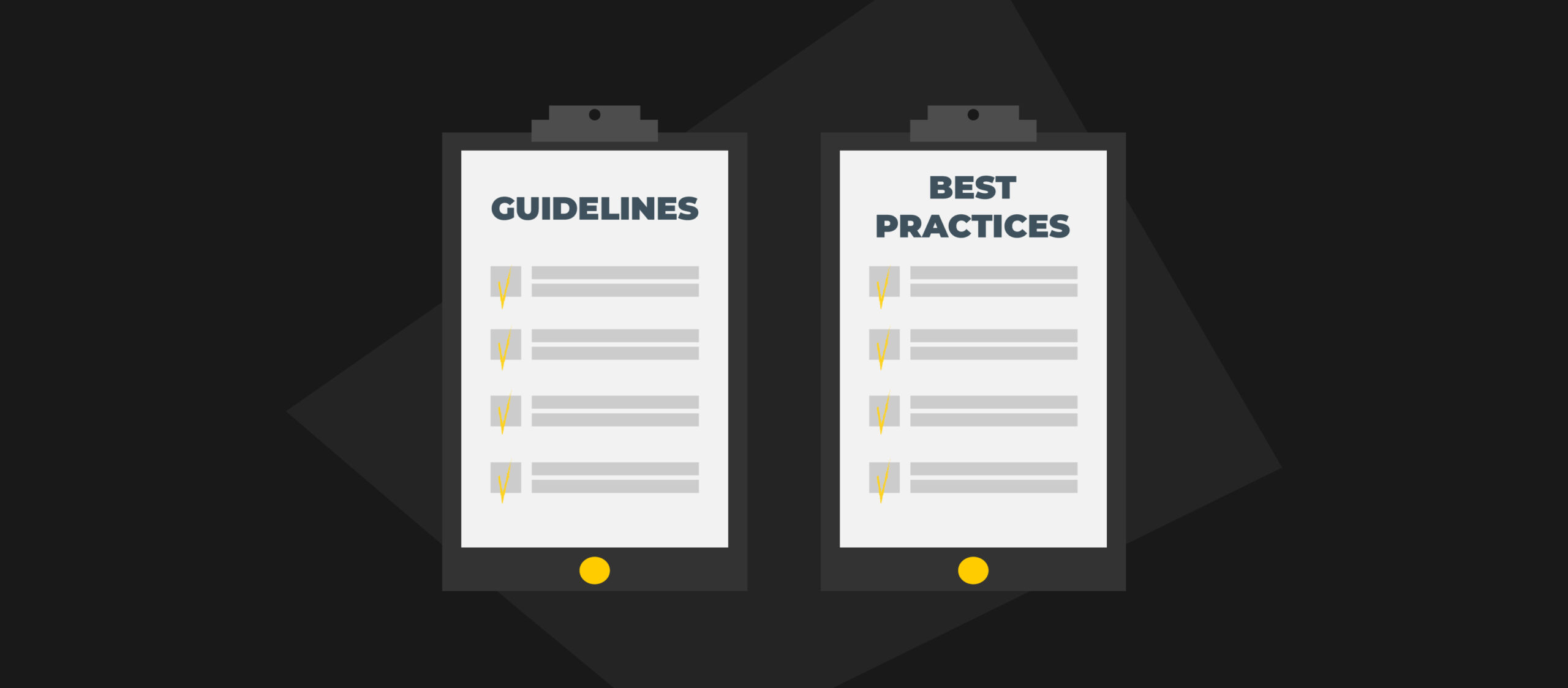The mobile app development industry is constantly changing. The trends and changes depend on technology improvements, user needs, requirements, or other reasons. Thus, to start a mobile app business and build a successful app, you need to catch up with the new trends.
If the mobile app development process seems very challenging to you, you’re in the right place. This article about mobile app development guidelines and best practices will help you get started.
Here are some mobile app development guidelines and best practices:
- Idea generation and market research
- Choose the right technology and platform
- Decide your app features
- Choose an intuitive UI/UX design
- Hire an app development company
- Test your app
- Launch your app
- Post-launch activity
- Plan out your updates
1. Idea Generation and Market Research
Idea generation is the first and one of the most critical steps in the app development process. You can’t start something without having an idea first. If you have decided to develop an app but don’t know how to start, finding an app idea could be the first clue.
After the idea comes market research, you need to know what you’re involved in. Many app developers start to build an app skipping the market research step. That’s one of the reasons why most apps fail. Analyze what’s there on the market and if there’s a need for your app.
2. Choose the Right Technology and Platform
Different types of mobile apps are built differently. That’s why the next step to take is choosing the right technology. There are native, hybrid, and web apps. Each requires a different process of creating codes, and each has its pros and cons.
Also, you need to decide on what platform you want to launch your app. There’s a battle between iOS and Android, but developers often end up building an app for both. Yes, that’s possible, but each platform needs different codes unless you choose a hybrid approach.
3. Decide Your App Features
This part is as much fun as it is stressful. You need to make a decision which are the features you would like to include in your app. You can start with the features your app must have and then with features that might be good. Choose carefully because adding too many or too few features can lead to the app’s failure.
4. Choose UI/UX Design Carefully
Of course, features are essential for an app; in the end, they make it usable. But what’s the first thing people see when opening an app? Design. When people open an app, they first see how it looks and interacts. So, carefully choose the user interface and user experience design.
User experience (UX) is how the user interacts with the app, while user interface (UI) is how your app represents itself to the user.
5. Hire an App Development Company
You can always build your app in-house, but hiring an app development company to build it it’s smart if you want to include all the latest trends and features in your app. A mobile app development company would have a team of designers, project managers, market specialists, and app developers who work together on multiple projects and have the expertise and the latest technologies.
You can always find an app development company on Google or by word of mouth from the people you know and trust.
6. Test Your App
Testing is an important step, and under no circumstances should it be avoided. Testing should be on your plan throughout the whole app development process, not wait for the end to just see how it performs. This way, it’s much easier to test your app before full development and prevent unwanted situations that might come your way. If problems appear during development, it will be much easier to fix them before full development.
7. Launch Your App
Now that you’ve completed all the important steps, it’s time to launch your app in the app stores. Here you’ve already decided on what platform your app would be, so you can launch your app either to Google Play Store, Apple App Store, or even both. However, they have different launch policies, so you must comply with their guidelines.
8. Post-Launch Activity
The next and most important step after launching your app on app stores is marketing. Users are unlikely to download your app if unaware of its existence. Consider creating informative and appealing videos demonstrating your app’s core functionality to spread information about it and persuade your target audience to explore it. Don’t underestimate the power of social media; digital platforms can help you reach people worldwide. They will give people a sneak peek at your app and highlight the key features that will make their lives easier.
9. Plan Out Your Updates
Even after launching and marketing your app, the job is still not done. Your app will need updates. If you keep your app with the first version you created, it will get boring after some time. People like new things, so make sure to provide them with them. Plan your updates from the beginning to avoid unexpected issues and extra costs later.
Conclusion
If you’ve understood the mobile app development guidelines and best practices, it’s time to transform your app idea into implementation. Remember, researching the market, choosing wisely the design, and deciding on the features you want to include are the first important steps to take. Then, you can continue the development process without skipping the testing stage.


